Baffled the wife thenicht when A toul her her coat had got all japped when yin o the weans was paintin. Our cross cultural marriage (Hilary is English) highlights all sorts of wee Ulster-Scots quirks that I take far too much for granted.
Thursday, April 28, 2011
Japped
Tuesday, April 26, 2011
"There is value in being connected to history"- Isaac Watts revisited
Thanks to Robert for this, and for spotting the mandolin (it looks like a Pomeroy, from Colorado, not County Tyrone!). A collection of centuries-old hymns by Isaac Watts, recorded by Sojourn Community Church of Louisville, Kentucky. Watts' remarkable story is shown in the second video, by Mars Hill Church of Seattle.
Sojourn Music: "The Water And The Blood" album preview from Sojourn Community Church on Vimeo.
Sunday, April 24, 2011
If you can't, or don't, do church at Easter...
... you could tune in here instead. Live stream of the Easter service from Mars Hill Church in Seattle by Mark Driscoll. Starts at 5.30pm UK time.
Saturday, April 23, 2011
"Who's that team they call the Rangers?"
I've been following Glasgow Rangers at a distance since I was about 12, when we used to be able to tune our tvs in to pick up a fuzzy BBC Scotland signal to watch the match highlights on a Saturday night. That was before the 'Souness Revolution' which transformed not only Rangers but Scottish football generally. Davie Cooper was my hero! I've taken Jacob to a few matches as well - his favourites were friendlies against Chelsea and AC Milan (with Beckham playing).
The close geography of Ulster and Scotland (especially the west of Scotland) means that we share much, both good things and bad things. Cultural difference and division is one of those things, and over the years one of the areas of life where that difference has found expression is through football. However this season it seems to have become far, far more intense than I can ever remember. The media, and seemingly the Scottish media even more than our own, take a very simplistic view of it all. I suspect there's far more going on than just the things the media have chosen to saturate airwaves and newsprint with. And too much to unpick in a brief post here. It's also strange to see Northern Ireland steadily moving forward, and yet some in Scotland are making things worse there.
Ulster-born players play for both Rangers and Celtic week in week out, and then play together for Northern Ireland when international games come round. Hopefully the big, potentially Championship-deciding, Rangers v Celtic derby match tomorrow will pass of without incident and will be reported for solely football reasons. And three mair points for the Gers.
UPDATE: the match finished in a 0-0 draw. No major incidents reported. Meanwhile this excellent article by Steve Bruce shows that the Scottish media are all too fond of exaggerating sectarianism and creating perceptions of it where none actually exists.
A soundtrack for Easter Sunday
A beautiful rendition from Red Mountain Music of an old English hymn from the 1780s. Just superb.
"...“It is finished,” O what pleasure,
Do these charming words afford..."
Full lyrics (and chords) available here.
Ulster-Scots heritage of the Ards and North Down: Customer feedback
I really must give Mr Balmoral that fiver.
Posted by Mark Thompson at Saturday, April 23, 2011 0 comments
Labels: Ards Peninsula, Hamilton + Montgomery
Wednesday, April 20, 2011
Ulster-Scots in the Ards and North Down - exhibition
Just a few days ago a new exhibition (which William R and I worked on) began at Ards Tourist Information Centre, and a smaller version at North Down Museum. Both will be touring local public venues over the summer months. A few pics of the exhibition being assembled at Ards TIC are below. The design style follows a pre-existing style which had been developed by another designer for the accompanying printed literature. Keep an eye on local press to see the exhibition when it's touring. It's great that both Councils are getting to grips with local heritage and telling our unique story. There are some events lined up for later in the year, and two bus tours being led by yours truly!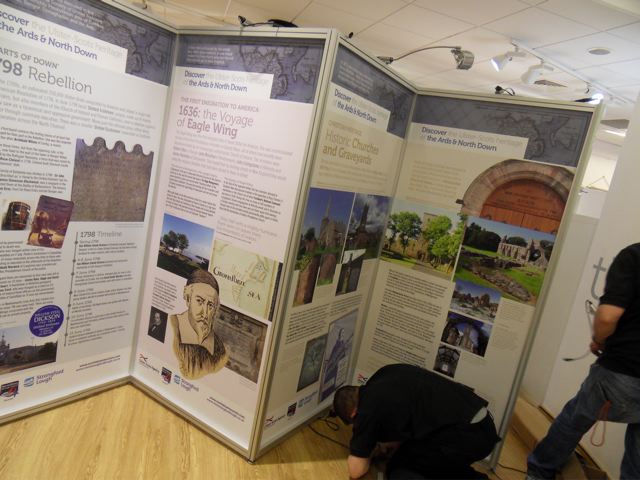

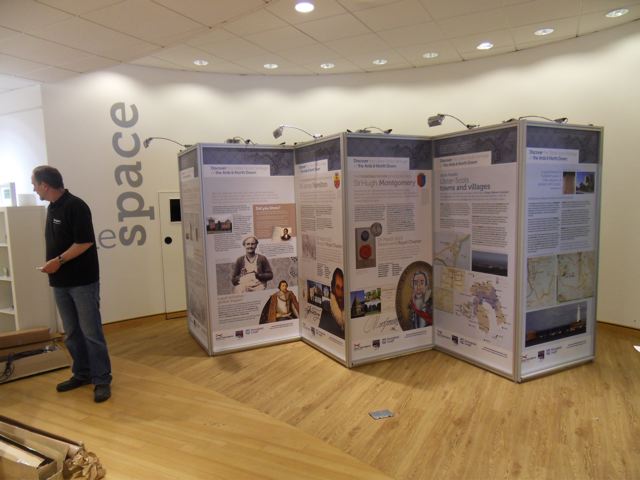
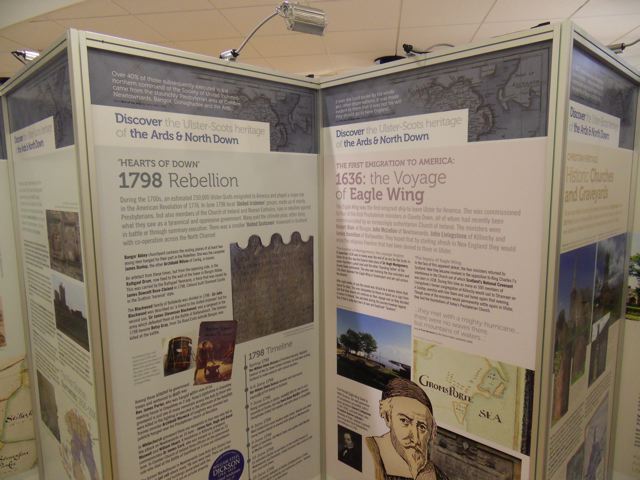
Posted by Mark Thompson at Wednesday, April 20, 2011 0 comments
Labels: Ards Peninsula, Close Coastlines, Hamilton + Montgomery
'Yin Brave Change' - Rev John Weir in Mingary Castle
A project I'm footerin' at at the minute has led me to get hold of a copy of the diary of Rev John Weir of Dalserf, who had spent much time in Ulster in the 1640s, and which he kept during his later imprisonment in Mingary Castle. He and a number of other Ulster-Scots ministers had been taken hostage at sea whilst travelling from Donaghadee back to Scotland in July 1644, and eventually ended up being held as prisoners in remote Mingary Castle. Weir fell ill, and died after 15 weeks of incarceration, aged just 34. A fellow prisoner, Rev James Hamilton of Ballywalter, found Weir's prison diary and continued keeping it until his own release. Just a few days before Weir died, Hamilton wrote that Weir had said 'it will be ane (yin) brave change for to goe from Mingary to Heaven'.
Weir's diary also includes an account of a shipwreck of a Dutch vessel near Mingary, the wreck of which was found in 2001. An episode of a tv programme called 'Wreck Detectives' told the story of the ship - see article here.
• Pics of Mingary Castle are on Google Images here. It must indeed have been 'yin brave change'.
• The diary records that Weir was buried at 'Kilcowankirk', but I can find no trace of that placename online. It could be a derivation of 'Kirkcowan', a small village in Dumfries & Galloway.
Mandolin players in Ulster
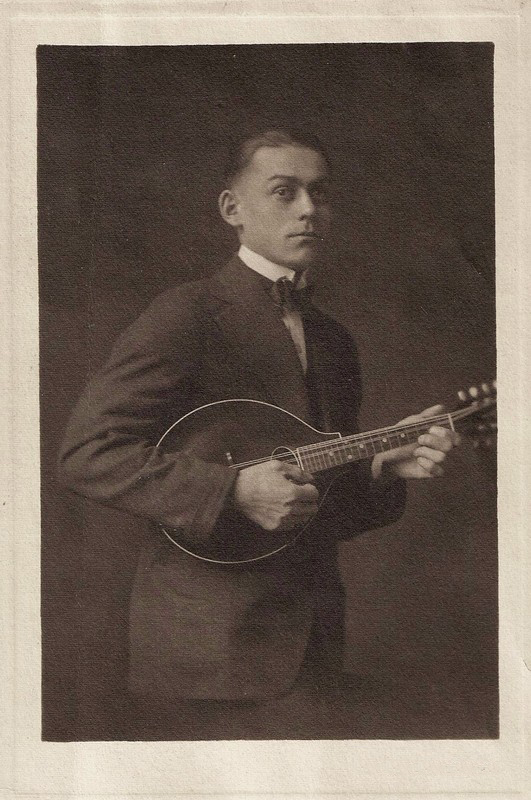
I was talking to an elderly man a few weeks ago, whose uncle was born and bred not far from where I live in Ballyhalbert. Like so many of his generation the uncle emigrated to Canada around 1925, but before he left he had been a well-known local mandolin player. He and another man (presumably a fiddle or accordion player) used to do the rounds at local country dances many years ago. The mandolin was discovered in his near-derelict cottage about 20 years ago, a small bowl-backed model, but was riddled with woodworm and so was thrown out.
From other folk I have spoken with over the years, the mandolin seems to have been surprisingly common in our general area back in the early 20th century. Tuned the same as a fiddle, the transition to a mandolin would have been relatively easy. Small, cheap and lightweight must have been other benefits.
I've been told that in the USA, the mandolin was more popular than the guitar in the early 1900s, until Roy Rogers hit the big screen in the 1930s as the guitar-playing singing cowboy and then everybody wanted a guitar.
There is a musical tradition in rural Ulster that goes far beyond high profile things like marching bands. Do you know of any mandolin players in the history of your area? If so, please get in touch. (the pic here is just a random one, not the man mentioned above).
Sunday, April 17, 2011
KJB - The Book that Changed the World
Now this looks like a very strong production; website here, trailer below. It's not often that old George Buchanan appears on screen - "lying, deceiving, are these your kingly virtues?".
Friday, April 15, 2011
Washburn M-4SW Black Oval mandolin (one for the mandolin geeks)
Most mass-produced instruments these days are built in big factories in the Far East. Brands which were once authentic American / European made instruments are now only logos, stamped or etched onto a common instrument shape. The materials used and the level of finish might vary, but they're generally all coming out of the same handful of factories. You can find the same mandolin with maybe 6 or 7 different names on them, but every other detail is pretty much identical.
However, when you consider how cheap these are, the quality can be surprisingly good. One that I've been looking for is the Washburn M-4SW Black oval hole mandolin, shown below.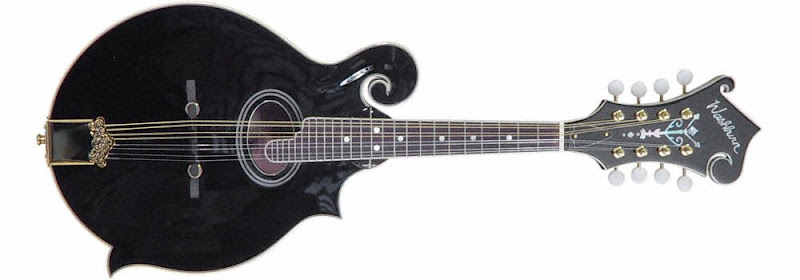
The picture isn't great, and doesn't do the instrument justice. Below are two better quality photographs of the sunburst version of the same model. I have one of these already, bearing the brand name Ozark.
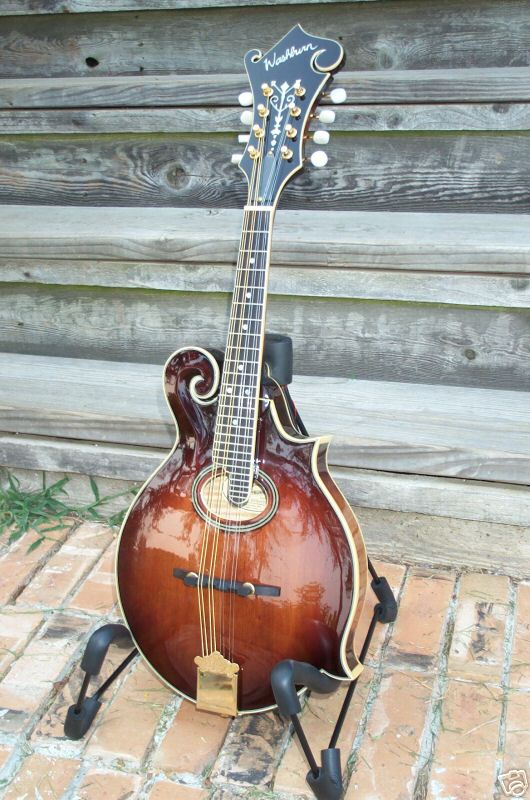
So if you've found this post by Googling around, and you have a black Washburn M-4SW that you don't want any more, please get in touch.
"the invisible ink on the pages of American history"
Good article here on James Webb's recent documentary 'Born Fighting' which I blogged about following the UK broadcasts back in February.
Thursday, April 14, 2011
Using new stuff to do old stuff
In a world of iPad mania, where you can download all sorts of bamboozling 'apps' that do things you didn't ever need to do before, and which (like armpit beauty treatment) solve problems you didn't even know existed, the LetterMpress idea is both a community project and a stroke of vintage design genius. Pic and demonstration video below. Amazing.
T-shirt below is available here.
Wednesday, April 13, 2011
The Foxfire books... 'and other affairs of plain living'.
Thanks to Jenny (in Alaska) for reminding me about these via her blog. I bought a couple of them on one of my visits to Appalachia many years ago - they're compendiums of rural life, old country traditions, and of a way of life that I can just barely remember traces of here on our side of the Atlantic. And they're much more than reminiscences, they're akin to 'how-to' guidebooks. Definitely worth buying if you were rared in the country, or even if Hugh Fearnley Whittingstall has inspired you... or if you have professional pig killers in your family tree (like I do). You're not going to get an article entitled 'Slaughtering Hogs' in Country Living magazine - but you do in this volume of Foxfire. Full of photography and hand drawn diagrams, all of the books are available here.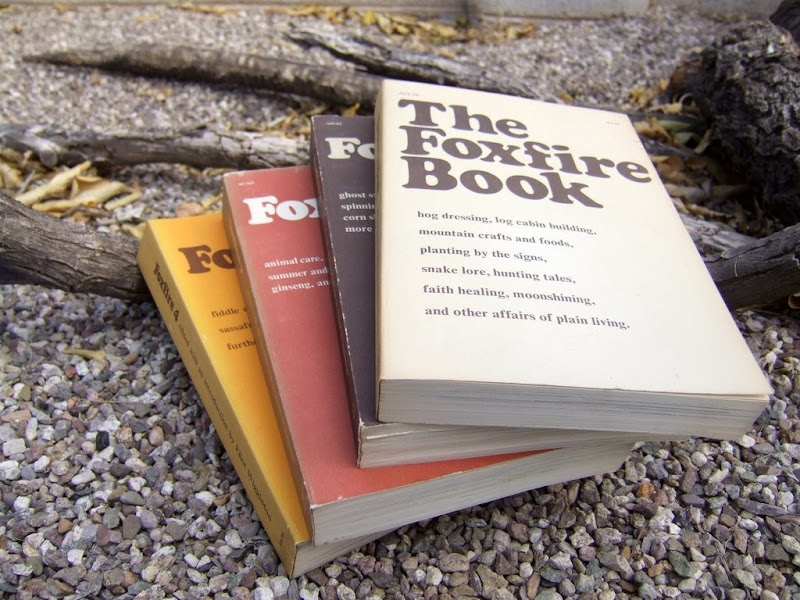
Tuesday, April 12, 2011
Irish Free State Creamery Butter
Took this photo in our kitchen about half an hour ago - thought some of you might like it. I'll expect some emails or comment about the brand of butter! Click to enlarge.
Ayrshire connections, 2011
Last Saturday I had the great privilege of spending about 2 hours with a retired man from Ayrshire, who was en route to County Leitrim (with his wife and two grandchildren) to spend a week with his son who lives there now. We met up near Lisburn, having emailed each other off and on for the last year and a half - it was a bit like meeting a pen pal! He found me online shortly after getting his first computer, whilst searching for the words of 'My Ain Countrie'. He lives between Dunlop and Beith - Hamilton & Montgomery country.
We got on like a house on fire, he brought me about 16 'Scotch brick' with the names of Ayrshire brickworks moulded into them. He also brought about 30 old 78s, of William MacEwan, Duncan McNeill, Jimmy Shand and fiddle player Mackenzie Murdoch. He told me of how his father used to cycle into Glasgow on a Sunday afternoon to listen to William MacEwan's open-air singing! He sang me four songs (which he let me record) one of which had been given to him in 1963 by a Robert Thompson from Sorn in Ayrshire who had learned it from his mother as a child in the 1890s. It has never appeared in print or in any university library in Scotland.
I could have talked to him all day, and I'm sure his wife and grandchildren feared that I would do just that! I am planning to meet up with him in June when I head over to Scotland for a few days on a research and photography mission for a project I'm tinkering at, and to give him his records back once I've digitised them all.
It was a brilliant afternoon, a wealth of common culture, and an example of how blogging has a value far beyond pixels and keyboards.
Sunday, April 10, 2011
'Fae the Han o a Low Country Lad'
An oul freen o' mine, noo leevin far fae hame, has tuk up the bloggin. Maistly aboot language an oul sayins he has mine o' fae whun he was runnin aboot the Low Country as a wean. He's turnt his han tae a wheen o poems that hae surfaced iver at A Balmoral Perspective. A'll no tell ye who he is as a wheen o' bloggers like tae keep their heids doon - ye can read him fer yersel here.
Saturday, April 09, 2011
A Biographical Narrative of Matthew Lanktree, Wesleyan Minister, 1816-18
An enormous thanks is due to William for kindly providing me with photocopies from this book, published in 1836, which I've been hunting high and low for for many years. It contains a very detailed account, almost like a journal or occasional diary, written by Methodist missionary Matthew Lanktree of his work in various parts of Ireland - and specifically the part of County Down where I live. Here's an excerpt:
"... as the summer advanced, I was much engaged, and much encouraged, in making collections, and preaching in various places which could not be reached in my ordinary line of duty; and, through the good hand of my God upon me, much was done in a preparatory way for Missionary labours, through the interesting barony of the Ards, and sundry other parts of County Down. Generally where I called, the Gospel was respected. Were the inhabitants of this country in possession of that salvation which the Gospel holds forth, with their present industrious and decent habits, there would be few to excel them in respectability and domestic happiness.
June 14th: We had a high day near the Ballyhalbert shore. An enclosure was prepared with spars and sails, supposed to contain 1500 persons, which was sufficient for the congregation. Mr Mackay preached in the forenoon , from Galatians iv. 4,5, the redemption which is in Jesus... in the afternoon, the willing multitude was again addressed by Mr M'Afee, from Daniel v 27, and Mr Mackay, from Rom. xiv. 17.
I trust when the dead, small and great, shall stand before God, many will have cause to glorify him for that day...'
Friday, April 08, 2011
Con O'Neill bridge and the Connswater Greenway
Once upon a time, back around 1606 when anything that's useful began, Ballyhackamore was acquired by Sir James Hamilton from Con O'Neill. As was Ballymacarrett. The maps which Thomas Raven drew for Hamilton, for both places and many more, are held at North Down Museum. Slightly south, the townland of Ballyrushboy was given by Con O'Neill to Thomas Montgomery, the man who had carried out Con's dramatic jailbreak from Carrickfergus. And slightly further south again, up in the hills that overlook east Belfast, was Con's home castle of Castle Reagh. The castle is long gone now, but the Presbyterian church (first built in 1650) is said to be pretty close to where the castle once was. Today all of this area is urban East Belfast, packed with rows of houses, shops, small businesses, schools, churches and factories. However, not all of the history has gone. Along the Beersbridge Road, tucked in between Elmgrove Primary School and the local Elim Pentecostal Church, still stands Con O'Neill's bridge.
If you do a search on this blog for Con O'Neill you'll find out lots about him, which I'll not repeat here. He gave the river, Connswater its name (which of course is a common Scottish naming form for rivers, ie Conn's Water), which centuries later (1984 to be precise) became the name of the main local shopping centre (or 'mall' for US readers!).
I had some time to kill this afternoon in between other things, and was in the area, so I went for a walk down to the bridge - some pics below. It's a lovely wee structure, with small cobbles. It could do with a tidy up, but that'll come soon as part of the Connswater Community Greenway, a major investment scheme to create a 9km park through east Belfast.
History doesn't just live in libraries and museums - it's outdoors and all around us. To use a modern buzz-word, history can 'add value' and make a place more special for both residents and visitors. It's all about finding, and applying, the stories. Con O'Neill's story is central to understanding the story of Hamilton, Montgomery and their first permanent Lowland Scots settlement. It's the cultural blend that makes it all so valuable.
[UPDATE: Ballyrushboy, granted to Thomas Montgomery, is better known as Orangefield. One of the major commercial areas there is Montgomery Road. Wonder where they got the idea for the name from? Across the way are a series of Covenanter-themed streets, Houston this and Cameronian that. I suspect there was a strong Ulster-Scots awareness in the old Belfast Corporation when these streets were being named?]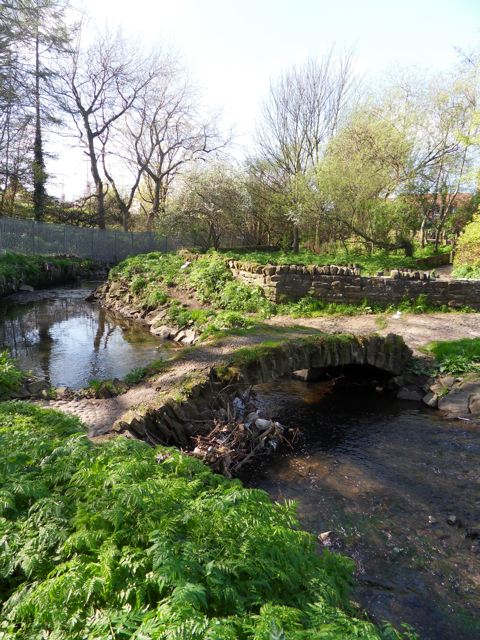
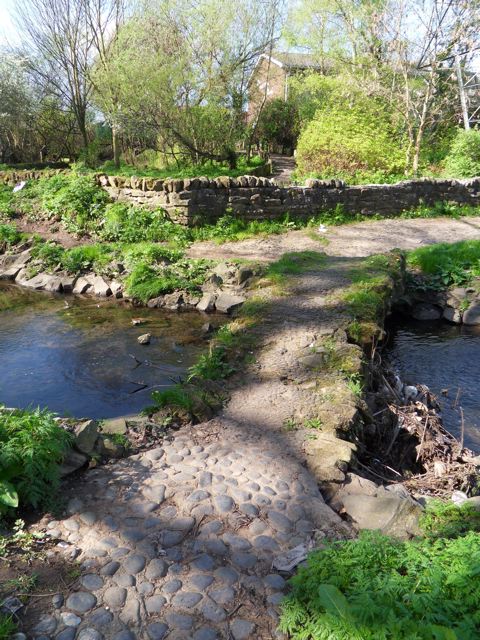
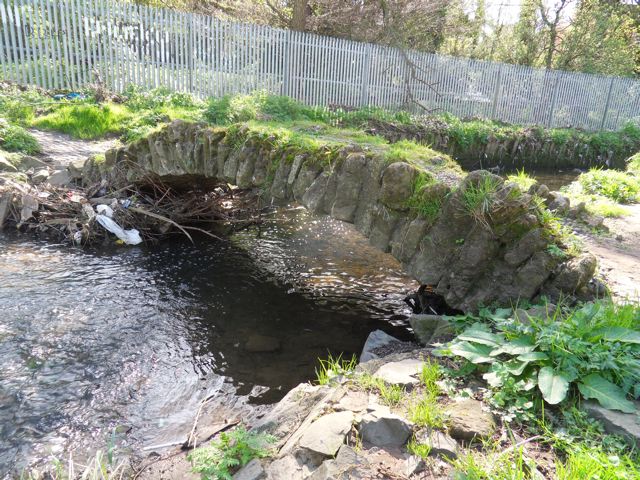
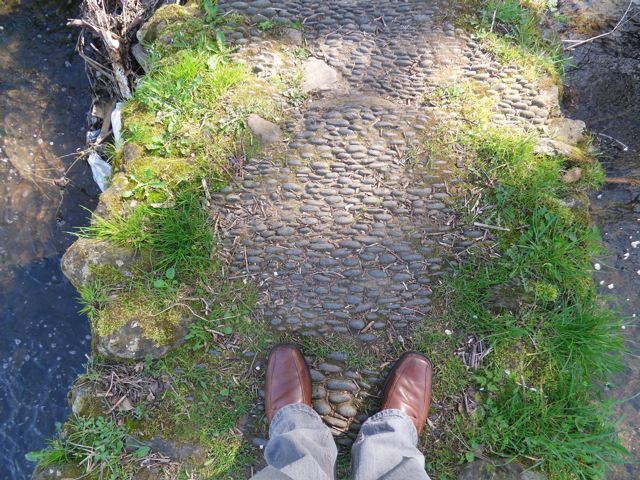
Tuesday, April 05, 2011
Braeside, Comber
Adrian Hanna of Comber Historical Society emailed me a few weeks ago to tell me about the society's new website. Comber, like so many of Hamilton & Montgomery's towns and villages, has numerous old Scots-influenced street names, some of which are only remembered by the older generation. Below is a photo of one that's still in use. I was told the other day that the Bushmills Distillery owns the defunct Old Comber Whiskey brand, and occasionally produce a few bottles of the stuff to maintain the trademark. Drool over the beautiful old labels here (metaphorically of course)!.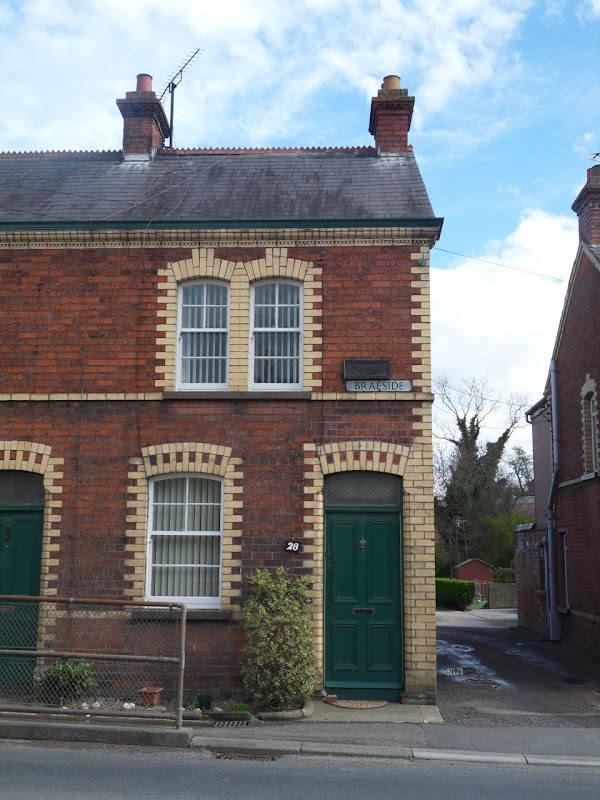
Saturday, April 02, 2011
Advance 2011 - Raleigh, North Carolina.
Some of you will enjoy this video; full website here. Shame it's being held on the other side of the Atlantic.
Advance 2011 Promo from Vintage21 Church on Vimeo.
Scrabo Hill panorama - courtesy of Aiblins
Over at Aiblins.com, Mr Ulster Scot is showing off a clever new toy he's found. If a walk up Scrabo Hill isn't something you can do (due to lack of fitness, or because you're too far away!). then this very impressive Photosynth might be handy. Click on the full screen (double rectangle) button in the bottom right corner and then zoom in and out and rotate from side to side. If you have a desk fan, turn it on full blast towards your face to get the real outdoor effect.



